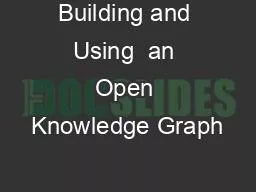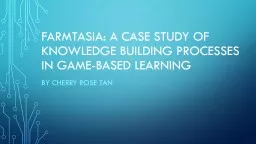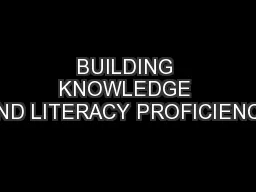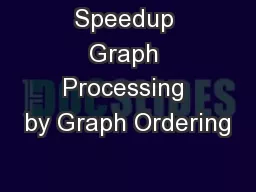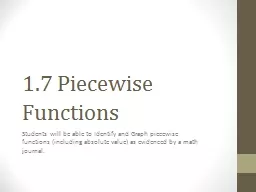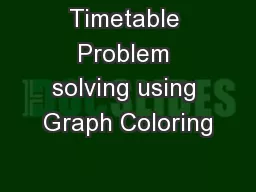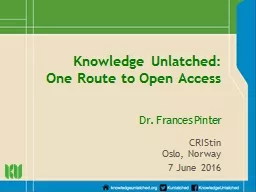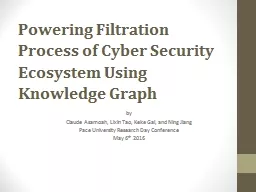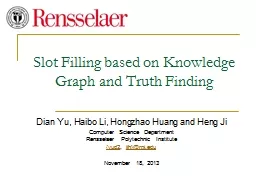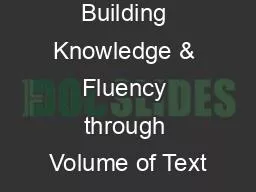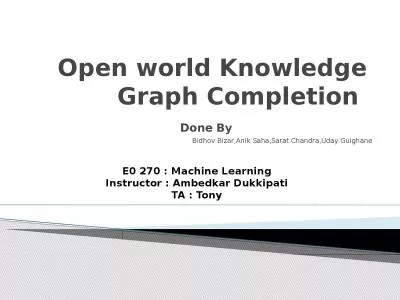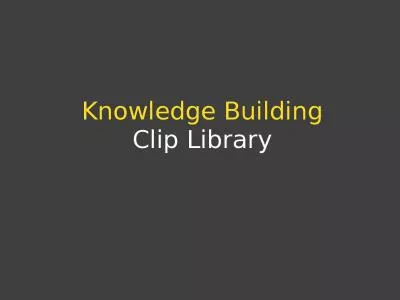PPT-Building and Using an Open Knowledge Graph
Author : bikershomemaker | Published Date : 2020-07-01
for and from Open Data Axel Polleres Joint work with Sebastian Neumaier Jürgen Umbrich What is a Knowledge Graph What is Open Data How do they connect 2
Presentation Embed Code
Download Presentation
Download Presentation The PPT/PDF document "Building and Using an Open Knowledge Gr..." is the property of its rightful owner. Permission is granted to download and print the materials on this website for personal, non-commercial use only, and to display it on your personal computer provided you do not modify the materials and that you retain all copyright notices contained in the materials. By downloading content from our website, you accept the terms of this agreement.
Building and Using an Open Knowledge Graph: Transcript
Download Rules Of Document
"Building and Using an Open Knowledge Graph"The content belongs to its owner. You may download and print it for personal use, without modification, and keep all copyright notices. By downloading, you agree to these terms.
Related Documents

